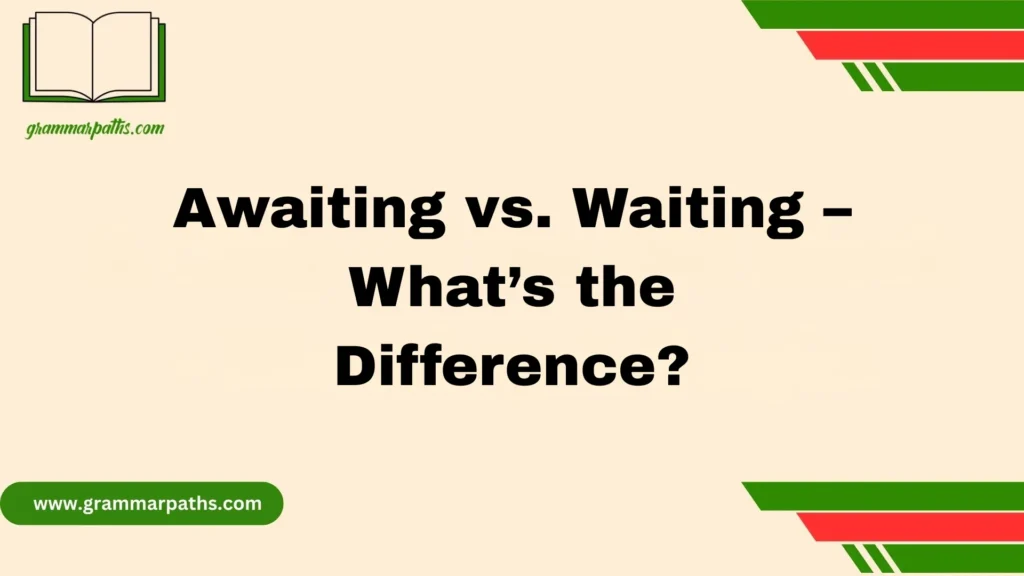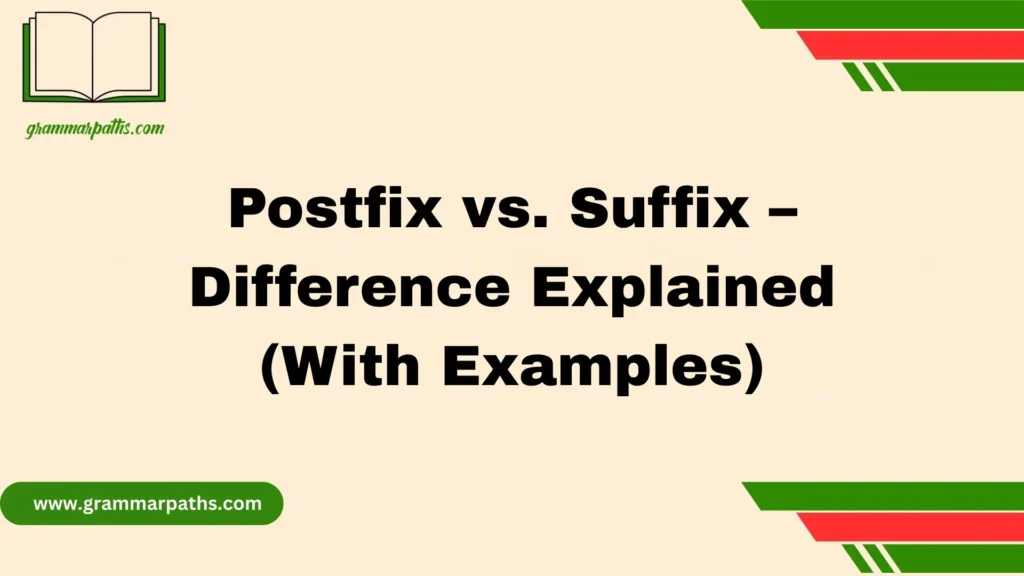When it comes to messy scenarios—be it in crime scenes, cooking, or painting—the terms “spatter” or “splatter” are often used interchangeably. However, despite sounding similar and both involving the forceful dispersion of liquid or particles, there is a subtle yet important distinction between the two. Understanding this difference can make your language more precise, especially in forensic science, art, and colloquial communication.
In essence, “spatter” typically refers to small drops of a substance—often blood or paint—that are dispersed as a result of low to medium force. On the other hand, “splatter” usually denotes larger, more chaotic drops, caused by a more forceful or sudden impact. These distinctions become particularly relevant in legal contexts, scientific analysis, and even in creative writing, where accuracy adds credibility.
In this blog post, we’ll explore the etymology, usage, and grammatical context of both terms. We’ll also look at real-life examples, differences in visual impact, and how to correctly use each word depending on the situation. By the end, you’ll be confident in choosing whether to say “spatter” or “splatter”—with clarity and correctness.
Definitions: What Do “Spatter” and “Splatter” Mean?
Let’s start with the basics: the dictionary definitions. Both words are verbs and nouns, but their roots and usage vary.
| Term | Definition (Verb) | Definition (Noun) | Usage Origin |
| Spatter | To scatter small drops or particles, usually in a light or irregular way | Small drops of a liquid scattered randomly | From Middle English, related to ‘spit’ or ‘spit out’ |
| Splatter | To splash a large amount of liquid forcefully | A large, messy splash or splash mark | A blend of “splash” and “spatter”, 20th century |
While both involve movement and liquid, the amount, force, and resulting image differ greatly.
Key Differences Between Spatter and Splatter
Though similar in form, these words differ in scale, intensity, and context. Here’s a side-by-side look:
| Feature | Spatter | Splatter |
| Droplet Size | Small, light droplets | Large, heavy blobs |
| Intentionality | Often unintentional (e.g., a sneeze) | Can be accidental or artistic |
| Usage Frequency | Common in technical fields | Common in visual or artistic fields |
| Visual Impact | Subtle, scattered pattern | Bold, chaotic splash |
| Verb/Noun Use | Used frequently as both | Primarily noun in creative writing |
Pro Tip: If it involves fine spray or mist, think spatter. If it’s loud, messy, and dramatic, it’s likely splatter.
Common Usage in Everyday English
The distinction becomes clearer in real-world examples. Here are a few usage scenarios:
- Spatter
- “The windshield was spattered with rain.”
- “Blood spatter covered the floor in dots.”
- “He wore an apron spattered with oil.”
- Splatter
- “The paint splattered across the canvas.”
- “A car drove by, splattering mud on my pants.”
- “The horror movie featured gore and splatter effects.”
In digital media, Google Trends shows “splatter” trending higher in searches related to art, movies, and DIY content, while “spatter” is more commonly searched in scientific and forensic contexts.
Visual Imagery: How the Words Look in Action
Think about how these words look, not just how they sound. If you spilled a spoonful of red paint:
- Spatter would create tiny specks all over your white shirt.
- Splatter would leave a large blotchy stain right in the middle.
Here’s a breakdown:
| Action | Resulting Visual | Term |
| Flicking a brush | Fine, dispersed droplets | Spatter |
| Throwing a cup | Thick, chaotic splash pattern | Splatter |
Artists and animators often use this distinction intentionally to set tone, texture, or impact in their visuals.
Forensics and Crime Scene Context
In forensic science, precision of language is critical. You’ll never hear a CSI expert say “blood splatter analysis.” That’s inaccurate.
The correct term is:
“Blood Spatter Analysis”
This is because the blood is being examined for:
- Droplet size
- Angle of impact
- Distribution pattern
These characteristics fall under spatter, not splatter. According to the U.S. Department of Justice, spatter analysis helps determine:
- Location of origin
- Type of weapon used
- Movement of victim or assailant
Popular shows like Dexter and CSI often dramatize this process, but professional forensics stick to the technical term: blood spatter, never splatter.
Artistic and Design Contexts
In art and design, splatter reigns supreme. It’s used to describe bold, expressive, chaotic visual styles.
Examples include:
- Jackson Pollock’s famous drip paintings (though technically a mix of drip, spatter, and splatter)
- Digital design tools like Photoshop using “splatter brushes”
- Fashion trends with “splatter-print” shirts and denim
Creative industries embrace the messy, energetic connotation of splatter to suggest movement, energy, or even rebellion. Rarely will a designer refer to something as a “spatter pattern.”
Grammar and Sentence Structure: How to Use Each One
Both words function as nouns and verbs, but their sentence placement can shift meaning.
Spatter (Verb)
- The mechanic spattered oil across the floor.
Spatter (Noun)
- There was spatter on the tile from the spill.
Splatter (Verb)
- She splattered paint with each flick of her wrist.
Splatter (Noun)
- The wall was covered in neon splatters.
| Tense | Spatter | Splatter |
| Present | spatter | splatter |
| Past | spattered | splattered |
| Present Participle | spattering | splattering |
| Past Participle | spattered | splattered |
A good writing tip: If the sentence involves fine spray, go with “spatter.” If it’s about bold impact, “splatter” fits better.
Misuse in Writing: Real Mistakes You Can Learn From
Writers often mix these up in:
- Crime fiction: Calling it “blood splatter” (incorrect)
- Art reviews: Describing minimalist paint effects as “spatter” when they mean “splatter”
- Technical writing: Using “splatter” in medical or scientific reports
Quick checklist to avoid errors:
- Is it subtle or violent? → Spatter is subtle, splatter is violent.
- Is it forensic or artistic? → Spatter forensics, splatter art.
- Are the drops small or large? → Small = spatter, large = splatter.
FAQs:
What is the meaning of “spatter”?
Spatter refers to small droplets or particles that are scattered or sprinkled, often unintentionally. It’s commonly used in contexts like blood spatter in forensics or grease spatter in cooking.
What does “splatter” mean?
Splatter typically means a larger, more chaotic scattering of liquid or soft substances. It implies more force or mess, like paint splattering on a canvas or mud splattering on shoes.
How are “spatter” and “splatter” different in usage?
Spatter often refers to small-scale, more controlled scattering, while splatter suggests larger, more dramatic messes. Think of spatter as precise and splatter as messy and loud.
Is one term more technical than the other?
Yes. In fields like forensics, “spatter” is the technical term, especially for blood pattern analysis. “Splatter” is more informal and used in everyday contexts.
Can both words be used interchangeably?
Not always. While they may seem similar, interchanging them can change the tone or accuracy. For example, in a forensic report, “splatter” would be incorrect.
Which industries use the term “spatter” more often?
Spatter is common in forensics, welding, and cooking. It refers to small, pinpoint droplets that form a pattern—often used to analyze causes or conditions.
Where is “splatter” more commonly used?
Splatter is found more in art, media, and casual conversation. It describes dramatic or messy dispersion—like in horror films or painting techniques.
Is there a difference in tone between the two?
Yes. Spatter sounds more technical or neutral, while splatter feels more vivid, expressive, or even playful depending on context.
Conclusion:
While “spatter” and “splatter” may seem interchangeable at first glance, understanding their nuanced differences can greatly improve the accuracy and clarity of your language. Spatter typically involves smaller, more controlled droplets—common in forensic analysis or technical descriptions, whereas splatter refers to larger, more chaotic blotches, often found in art, messy accidents, or dramatic storytelling.

Emma Brooke is a passionate language expert and contributor at GrammarPaths.com, where she helps learners navigate the complexities of English grammar, idioms, and effective writing. With a strong academic background and years of teaching experience, Emma excels at turning tricky grammar rules into simple, practical lessons that readers can easily grasp.










